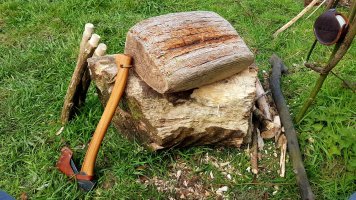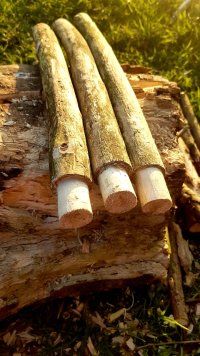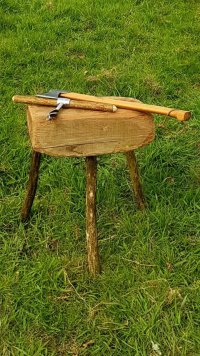Hi all,
I'm trying my hand at making some camp stools and a table. I've had what for me is some good success using a stubby scotch eye auger to make some legs fit tight into a block of drift wood but I was wondering if there is a process that anyone knows of whereby I can make some sort of natural wood glue to help with things.


I'm trying my hand at making some camp stools and a table. I've had what for me is some good success using a stubby scotch eye auger to make some legs fit tight into a block of drift wood but I was wondering if there is a process that anyone knows of whereby I can make some sort of natural wood glue to help with things.



